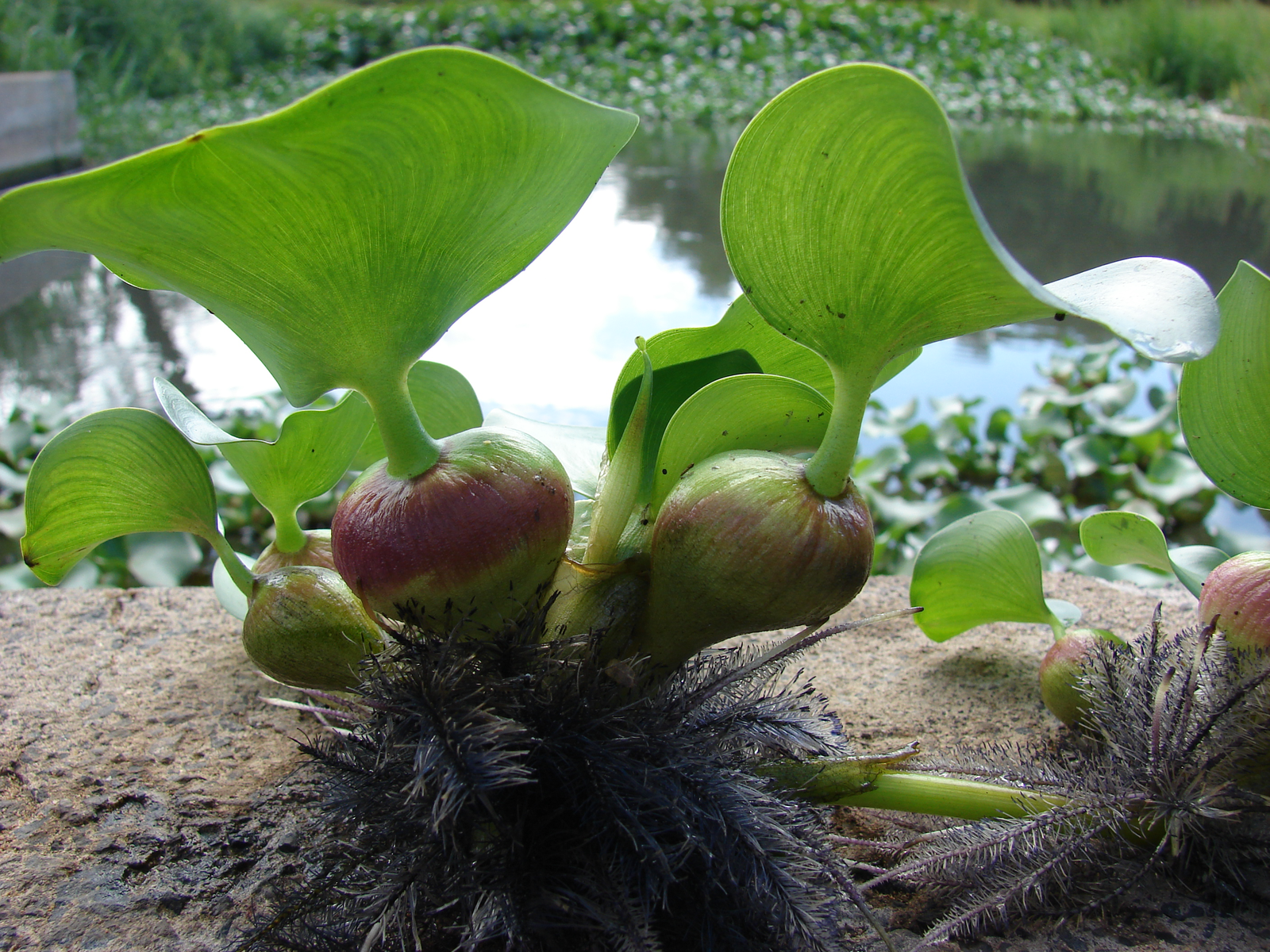Use of water hyacinth in fish feed

Nowadays, much attention is given worldwide to the formulation of pelleted low cost fish feed suitable for small-scale farmers. It is necessary to find alternative protein sources to formulate non-traditional fish diets to overcome the high fish meal prices. There are many attempts made to replace fish meal partially or completely by various plant protein sources. Water hyacinth may be a viable option.
By Dr. S. A. Vhanalakar and Dr. D. V. Muley, Department of Zoology, Shivaji University, Kolhapur, India
Profitable fish culture requires unfailing supply of fish feed as a source of protein for growth nutrient and energy currency. Because of rising cost and scarcity of fish meal, it is necessary to replace the traditional fish meal by locally available cheaper ingredients of either animal or plant origin. The aquaculture industry depends worldwide on the availability of low cost, high quality feeds.
Fish meal replacement
Fish meal is one of the most expensive ingredients in fish diets. Because of the increasing price and environmental legislation, fish nutritionists have tried to use less expensive plant protein sources to replace fish meal. Several studies have been made in the past decade to substitute fish meal composition. Fish nutritionists have evaluated alternative sources of plant origin protein in fish diets as partial or total fish meal replacement. Development of low-cost fish feed would help in enhancing aquaculture production. To overcome the problem of fish feed, many fish nutritionists replace the fish meal partially or completely by locally available plant ingredients. Partial or complete replacement of fish meal with alternative sources of protein is the best practice to overcome the expenditure on feeds. This approach was associated with a moderate reduction in feed utilisation parameters.
Aquatic weed
Eichhornia crassipes, commonly known as common water hyacinth, is a wild freshwater fern belonging to the Pontederiaceae family. This plant is native to South America, but has been naturalised in many tropical and subtropical regions of the world. It grows and reproduces at very high rates, yielding up to 100 – 400 mt/ha/year. Water hyacinth is listed as one of the most productive plants on earth and is considered the world’s worst aquatic weed. It forms dense mats that interfere with navigation, recreation, irrigation and power generation. These mats competitively exclude native submersed and floating-leaved plants. Dried and cleansed water hyacinth plants can be used as fertiliser. Several studies have evaluated water hyacinth as a food source for domestic animals. In our experiment, fresh water hyacinth leaves were collected from local water bodies of Kolhapur districts, Maharashtra, India. Leaves collected were washed thoroughly under tap water to remove dirt and debris, drained properly and later sun dried. Dried leaves of water hyacinth were milled using a kitchen mixer, packed in airtight polyethylene bags and kept in the freezer before use. Diets contained different combinations of dry leaf powder of water hyacinth meal (0-70%), groundnut oil cake, rice bran, fish meal, guar gum binder and mineral/vitamin mixture were formulated. Ingredients were mixed thoroughly in a kitchen mixer until homogenous mass was obtained. With the help of a mincer 0.6 mm pellets were prepared, which were immediately sun dried. After drying, the pellets were broken up by hand into convenient pellet sizes and frozen in refrigerator before feeding.In this experiment water hyacinth was incorporated at various percentage levels to check the effectiveness as a fish feed ingredient. Water hyacinth does not solely have the capacity to replace the traditional fish meal. Therefore, it is used as a supplementary fish feed ingredient along with the traditional ingredients; but the incorporation level of traditional ingredients like fish meal, groundnut oilcake, rice bran etc. was kept at lower inclusion level. The formulated feed was fed to a freshwater fish, Cyprinus carpio or common carp for 120 days.
Fish performance
The growth performance of the carp fed with water hyacinth diet is shown in Figure 1. The study showed that it is possible to incorporate water hyacinth leaves in fish feed successfully up to a remarkable level. As compared with the control diet which contains expensive ingredients at higher proportion, the water hyacinth diet showed the usefulness as fish feed ingredient at very low cost. 40% water hyacinth incorporated diet showed best growth performance in all the diets. All the diets containing the water hyacinth leaf powder showed effectiveness as an economic fish feed ingredient compared with a control diet.The overall study indicates that the water hyacinth has the potential as a fish feed ingredient. Water hyacinth may play an important role in fish feed formulation to overcome high feed prices.
Article featured in AllAboutFeed Vol 1 Nr 9 2010











